Expiration and obsolescence of perishable inventory
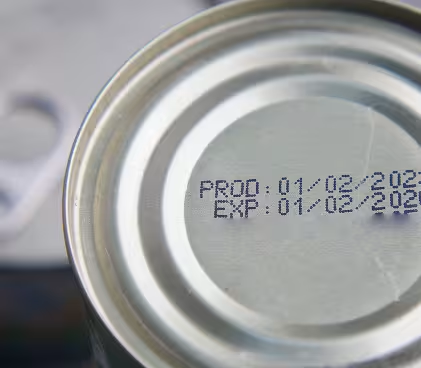
Perishable stock expires and generates losses.
Implement batch control and expiration alerts to anticipate shrinkage and optimize inventory rotation.

150+ companies trust us


























Demand is marked by seasonality, promotions and the growing diversification of formats. Connecting forecasting, purchasing and production allows you to adjust inventory, avoid breakages during consumption peaks and maintain efficiency throughout the supply chain.
The sale of soups and broths increases with cold weather, festivities or local events, generating sudden peaks in demand that are difficult to anticipate.
A linear forecast causes critical breakages or excess perishable stock, affecting the continuity of supply and profitability.
Reduced margin and negative perception due to lack of star products, compromising customer satisfaction and brand image.
Recognize weekly consumption patterns to adjust forecasts based on seasonality and recurring events.
Adjust forecast for demand peaks to improve accuracy and reduce losses or breakages.
Maintain availability without inflating inventory or generating waste, guaranteeing efficiency and sustainability.

Restaurant and hotel backorders not reflected in the forecast generate mismatches between real demand and planned production.
Production follows the theoretical plan, causing partial deliveries and affecting the perception of service.
The absence of integration between sales and planning prevents absorbing real demand peaks in time, causing breakages and urgent reprocessing.
Integrate confirmed sales in real time to align forecast, production and distribution with effective demand.
Decide whether to replan or discard demand according to priority and available capacity, optimizing resources.
Maintain OTIF and avoid incident escalation through continuous synchronization between sales, planning and operations.

Changes between flavors, containers or formats require CIP cleaning and adjustments, generating downtime and loss of efficiency.
Sequencing ignoring finite capacity causes unfeasible orders, operational imbalances and resource overload.
Delays, overtime and waste derived from inefficient sequencing that does not optimize changeover times or productive load.
A realistic Gantt chart respecting change times to ensure achievable and productive planning.
Block unviable sequences and visualize daily saturation to anticipate overloads and improve resource allocation.
Reduce micro-stops and free up productive hours, increasing production efficiency and stability.

Imported ingredients and packaging with high MOQs or full containers limit flexibility and increase the risk of overstocks.
Incomplete orders make freight more expensive; Overbuying ties up capital and reduces inventory turnover.
The absence of prior alerts or simulations prevents optimization of container loading and causes reactive decisions.
MOQ alerts and automatic coverage calculation to adjust purchase volumes to actual demand.
Optimal load simulation before order launch to maximize transportation efficiency and reduce logistics costs.
Alternation of suppliers if the main one fails to guarantee supply and avoid productive stops.


Perishable stock expires and generates losses.
Implement batch control and expiration alerts to anticipate shrinkage and optimize inventory rotation.

Blind forecast causes stockouts or excess stock.
Use flexible forecasting based on historical analogues and initial sales to adjust demand for new products.

Urgent transfers and overstock due to lack of planning.
Centralize multi-warehouse management with real-time visibility to plan transfers and balance stock between centers.
Key indicators that offer a clear vision of the strategic weight that this industry has in the current and future global economy.

Data obtained from Statista*
Connect demand, procurement, and production through a modular cloud platform, designed to adapt to the unique needs of every industry.
Integration with all ERPs


100% Cloud, ISO 27001 Certification
Customer reviews
Measurable results
Ecosystem tailored to your needs


Quick implementation
Start with our demand module, the tool that allows you to calculate how much you will sell.
Add the features that suit your business. Scale at your own pace and expand when you need to, with our plugins.
Once you've added the features you need, get your price with our calculator. And if you have any questions, we'll sort them out for you.

“Imperia gives you the functionalities you need and not those on the market, a solution that adapts and you pay for what you need.” Pau Font, Supply Chain Manager at NOEL Alimentaria
Implementing the software with Imperia is a quick and straightforward process, starting with the integration of the demand module, and can be complemented with 2 new phases. Incorporating the purchasing module and the production module.
A process with full support from our team, with personalised training and consultancy.
Increase the accuracy of your predictions, bringing the predicted demand closer to reality.
Minimizes inventory losses due to damage or expiration.
Optimize your plant's productive resources and increase its efficiency.
Fine-tune your product classification based on what matters most to your business.
Increases efficiency by minimizing downtime and optimizing transitions between production steps.
Fine-tune daily demand distribution with heuristics tailored to real monthly behaviour.
Activate the BIAS indicator to detect overestimations or underestimations of actual demand values.
Optimize forecasting at more aggregated levels by grouping sales historical data taking advantage of a larger dataset.
Provides the ability to visualize the commercial budget within the tool for analyzing fulfillment at different granular levels.
Optimize your overseas purchase orders by arranging them in containers based on dimensions and weight restrictions, maximizing efficiency for your orders to international vendors.
Add more flexibility to your planning by expanding the grouping hierarchy to seven levels for deeper and more relevant analysis.
Customize your S&OP cycle by creating and editing tasks and meetings that fit your operations.
Activate the DFA indicator to detect to detect forecast deviations, indicating the level of accuracy in predicting actual demand.
Report that allows identifying references within the portfolio that continue to have sales despite being discontinued.
Expand the available product attributes selection to a maximum of 20.
Lengthen the planning horizon to analyze your demand beyond 12 months.
Display your yearly budget in the system and monitor performance across different analysis levels.
Enables the user to specify a total sales figure for a given time frame and automatically distributes it.
Assign forecast modifications to predefined concepts for effective tracking of events that impact demand.
Integration service that facilitates the connection from the customer's system to SCP through a user-friendly interface.
Automatically plan the company's production, defining which products to manufacture, in what quantity, and when, to ensure deliveries are made within the established deadlines.
Manage material requirements to meet the forecasted demand, calculating the necessary coverage to avoid excess stock and shortages. Based on this, automatically generate a purchase order plan, taking into account lead times and supplier order constraints.
The plugin ensures that your procurement planning meets the minimum order requirements set by your suppliers, whether by quantity or value.
Assign multiple suppliers to a material, and SCP will select the most appropriate one based on its procurement criteria.
Manage inventory levels across multiple supply chain stages and monitor transfers and orders to ensure optimal availability and reduced costs throughout the network.
Load pending orders to visualize them alongside your demand forecast and use them to plan procurement and production accordingly.
Configure the demand distribution for new product launches, with the ability to replicate the launch of another product or market entry.
Optimizes inventory management by considering expiration dates, adjusting purchases, and simulating stock flow based on product lifespan.
Factor in the sales history of discontinued items to improve demand forecasts for the products that replace or cannibalize them.
Sequence production orders by considering line availability, performance as well as setup and changeover times to optimize the production plan and meet deadlines. Detect bottlenecks and adapt the plan to changing needs in a convenient Gantt chart.
Enhance your planning by accounting for raw materials that yield multiple products, semi-finished goods, or bulk outputs.
Specify non-working days or days without sales dispatch to exclude them from the demand forecast.
Manage sales contracts by monitoring their monthly fulfillment to adjust planning accordingly.
Weighted deviation report based on the sales volume of each product with respect to the total portfolio.
Define accurate selling prices for demand forecasting. You can configure them at different levels of detail for specific date ranges.
Automatically detect outliers in the historical sales of a product that may have been caused by promotions and suggest the impact of future events indicated by the user.
Calculate demand forecasts by considering both sell-in to distributors or retailers and their sell-out to final customers. You can configure distributors' procurement parameters, including coverage, frequency, lead time, refill quantity, and even sales growth percentages.
Estimate the first availability date for the products belonging to each customer order.
Enables daily tracking of stock levels and facilitates analysis through alerts and detailed reports.
Monitor supplier contracts, providing alerts and key performance indicators.
Measure supplier performance and delivery reliability with a clear, configurable OTIF metric.
Specify non-working days of each supplier to take them into consideration in the procurement plan.
Enables the unit of measure conversion for each product to facilitate a cross-functional assessment of quantities.
Refine the short-term forecast by focusing on the most recent weeks and limiting further impact within a determined horizon.
Enhance the analysis of demand forecast results and facilitate decision-making with strategic indicators such as YTD (Year-to-Date), YTG (Year-to-Go), and year-over-year comparison metrics.
Total Price:
€850,00

Schedule a meeting with our Supply Chain experts and discover the features that will make your supply chain a complete success.
Data controller: Imperia SCM Consulting, Ltd.
Purpose of processing: Manage your demo request and share information about our services.
Legitimacy: Consent granted by submitting the request form.
Recipients: There is no provision for communication to third parties, unless legally required.
Rights: Access, rectify and delete your data, as well as other rights explained in the Privacy Policy.































